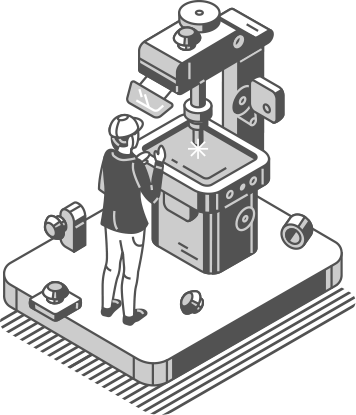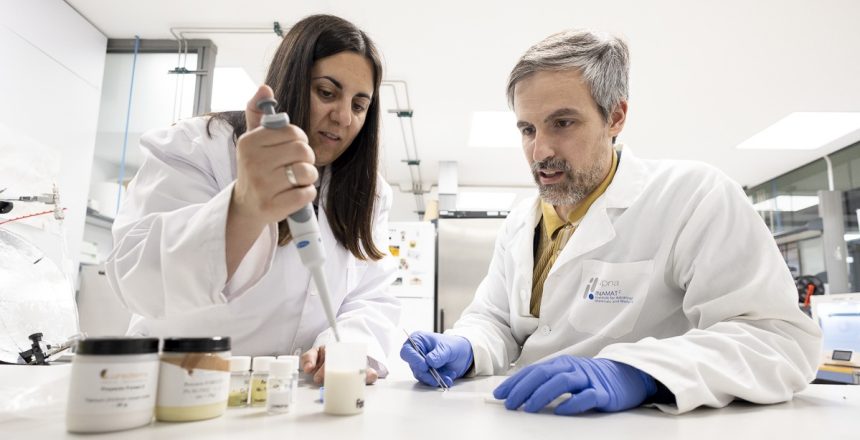The Public University of Navarra (UPNA) and Lurederra have been collaborating since 2016 on the Forest2+ project, which investigates the use of photocatalytic nanoparticles to generate renewable fuels from natural resources. The project also involves ADItech -coordinating agent of the Innovation Ecosystem of Navarra (SINAI)- and is funded by the Government of Navarra. The results obtained will enable the first prototype of a photocatalytic panel to be manufactured.
The Institute for Research in Advanced Materials and Mathematics (InaMat2) of the Public University of Navarra (UPNA) and the Lurederra Technology Centre have been working on the Forest2+ project since 2016. This project investigates the use of photocatalytic nanoparticles to generate renewable fuels from natural resources. ADItech -coordinating agent of the Innovation Ecosystem of Navarra (SINAI)- is also participating in this project, which is funded by the Government of Navarra. The results obtained will enable the first prototype of a photocatalytic panel to be manufactured.
“We want to be able to capture CO2 from the environment in the future and do what plants do. They convert it into their nutrients and sugars, and we transform it into renewable fuels, from methane to petrol,” says Ismael Pellejero, a researcher at the UPNA.
Cristina Salazar, leader of the group at the Advanced Research Unit at Lurederra, confirms that for CO2 to be transformed into fuel, they need to generate specific reactions that will be conditioned by two characteristics of the nanoparticles: their chemical composition and their structure. “Our Flame Spray Pyrolysis (FSP) technology allows us to design the composition of the photocatalysts in detail,” she adds.
From there, the research has already generated a first candidate. “Specifically, the mixture of zirconium oxide made in Lurederra and ruthenium particles added by the UPNA forms a very active material for methanisation. These results bring us closer to cost optimisation and competitiveness. In addition, it allows us to take the step towards the prototyping of the first industrial equipment,” confirms Salazar.
In fact, the research group formed by the two centres has already begun work on Panel-to-Fuel, an initiative that they will develop together with the firm Ingeniería Navarra Mecánica. Inspired by photovoltaic panels, this new project proposes the development of a photocatalytic panel that integrates both the production of green hydrogen and the capture and conversion of CO2 into neutral fuels with respect to carbon emissions into the atmosphere.
Source: Navarra Capital




